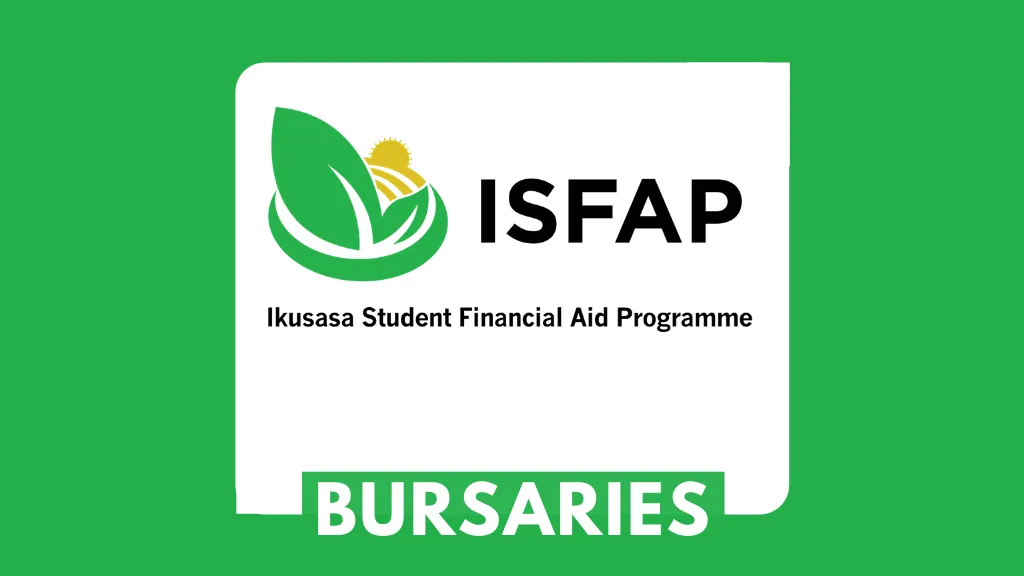10 Factors that influence effective communication: Effective communication is critical in any setting, be it personal or professional. It is a key skill that is required for the success of any organization or relationship. However, effective communication is not just about speaking or writing clearly; it involves several factors that impact how well a message is received and understood. In this article, we will discuss 10 factors that influence effective communication.
What is Considered Effective Communication?
Effective communication is the process of exchanging information and ideas between individuals or groups in a way that is clear, concise, and easily understood. It involves not only the transmission of messages, but also the successful reception and interpretation of those messages by the intended recipient. Effective communication requires a combination of different skills, including speaking, listening, nonverbal communication, feedback, and the ability to adapt to different audiences and situations. It is an essential skill for personal and professional success, as it enables individuals to build strong relationships, resolve conflicts, and achieve common goals.
10 factors that influence effective communication
1. Clarity:
The clarity of the message is crucial in effective communication. It means that the message should be clear, concise, and easily understood by the listener or the reader. If the message is ambiguous, it can lead to confusion and misunderstandings.
Theoretical Background: Clarity in communication is grounded in the Information Theory by Claude Shannon and Warren Weaver. This theory highlights the importance of a clear signal in overcoming ‘noise’ in the communication process.
Example 1: In a business meeting, using jargon or complex terms might confuse stakeholders. Instead, presenting ideas in simple, concise language ensures everyone understands the objective.
Example 2: An educator teaching a complex topic like Quantum Physics can use analogies and simple explanations to make the subject more comprehensible.
Example 3: In healthcare, doctors explaining medical conditions and treatments in layman’s terms can significantly improve patient understanding and compliance.
2. Listening skills:
Communication is not just about speaking; it also involves listening. Listening skills are critical in effective communication. It means actively listening to the speaker, understanding their message, and responding appropriately.
Theoretical Background: Active Listening, a concept developed by Carl Rogers and Richard Farson, emphasizes the importance of fully concentrating, understanding, responding, and remembering what is being said.
Example 1: A therapist actively listening to a client, reflecting on their words, and showing empathy can lead to more effective therapy sessions.
Example 2: In customer service, actively listening to a customer’s complaint and acknowledging their issue can lead to a more satisfactory resolution.
Example 3: In education, a teacher who listens to students’ questions and concerns and addresses them thoughtfully can create a more engaging and effective learning environment.
3. Body language:
Nonverbal communication plays a crucial role in effective communication. It includes facial expressions, gestures, and posture. Body language can convey emotions and feelings that cannot be expressed through words.
Theoretical Background: The study of body language falls under the purview of Nonverbal Communication Theory. This suggests that nonverbal cues can be just as important as verbal communication.
Example 1: A job interviewee who maintains eye contact, has an open posture, and nods in agreement shows engagement and confidence.
Example 2: A public speaker using hand gestures and moving around the stage can engage the audience more effectively than one who stands still with crossed arms.
Example 3: In a negotiation, leaning in and maintaining steady eye contact can convey seriousness and commitment to the discussion.
4. The tone of voice:
The tone of voice can also impact how a message is received. A harsh or condescending tone can make the listener defensive or angry, while a calm and reassuring tone can make the listener feel comfortable and open to the message.
Theoretical Background: The Paralanguage theory, part of the study of nonverbal communication, highlights how vocal cues like tone, pitch, and volume are crucial in conveying messages.
Example 1: Customer service representatives using a calm, friendly tone can de-escalate a tense situation with an upset customer.
Example 2: A teacher’s enthusiastic and positive tone can motivate students and make learning more enjoyable.
Example 3: In leadership, using a confident and assertive tone can inspire trust and respect among team members.
5. Context:
The context of the message is also important. The message should be appropriate to the situation and the audience. The same message may be received differently in different contexts.
The concept of “context” in communication is embedded in the Situational Context Theory, which suggests that the situation or environment in which communication occurs significantly influences its effectiveness. This theory emphasizes that understanding the context is key to interpreting messages accurately and responding appropriately.
Examples of Context in Communication
- Professional vs. Personal Settings:
- Example: The way you communicate in a professional setting, like a formal business meeting, is typically more structured and formal compared to a casual chat with friends. Recognizing this contextual difference is crucial for appropriate communication.
- Cultural Context:
- Example: In a multicultural workplace, being aware of and sensitive to the cultural backgrounds of colleagues can influence communication styles. For instance, some cultures may value direct communication, while others prefer a more indirect approach. Misinterpreting these cues due to lack of contextual understanding can lead to misunderstandings.
- Emotional Context:
- Example: The emotional state of the people involved in a conversation greatly affects how messages are delivered and received. For instance, trying to resolve a conflict when one or both parties are highly emotional might not be as effective as waiting for a calmer moment.
- Technological Context:
- Example: The mode of communication, whether it’s face-to-face, over the phone, or via email, also sets a context. For example, nuances like tone of voice and body language are lost in text-based communication, which can lead to misunderstandings.
- Historical Context:
- Example: Past interactions between individuals or groups can influence current communication. For example, if there’s a history of conflict between two team members, their communication might be more guarded or tense.
- Physical Context:
- Example: The environment where communication takes place can impact its effectiveness. For example, having a sensitive conversation in a noisy and crowded room might lead to distractions and miscommunication.
6. Empathy:
Empathy is the ability to understand and share the feelings of another person. It is essential in effective communication because it helps the speaker connect with the listener and understand their perspective.
Theoretical Background: Empathy in communication is closely aligned with the theories of Emotional Intelligence developed by psychologists like Daniel Goleman. It involves understanding and sharing the feelings of others.
Example 1: In counseling, a therapist showing empathy can build a stronger bond with their client, facilitating more open and honest communication.
Example 2: A manager empathizing with an employee going through personal challenges can offer support and adapt work expectations, fostering a supportive workplace culture.
Example 3: In family relationships, showing empathy during conflicts can lead to more constructive resolutions and stronger bonds.
7. Cultural sensitivity:
Effective communication also requires cultural sensitivity. It means understanding and respecting the cultural differences of the listener or the reader. Cultural differences can impact the way a message is received and understood.
Theoretical Background: Cultural Sensitivity in communication is informed by Intercultural Communication Theory, which emphasizes the importance of understanding cultural differences in communication styles.
Example 1: In international business, understanding and respecting cultural norms when negotiating can lead to more successful business relationships.
Example 2: Educators who are culturally sensitive can create inclusive learning environments that respect diverse backgrounds and experiences.
Example 3: Healthcare providers who are aware of cultural differences in health beliefs and practices can offer more effective and respectful patient care.
8. Timing:
Timing is critical in effective communication. It means choosing the right time to communicate the message. For example, delivering bad news at the wrong time can be damaging.
Theoretical Background: The concept of timing in communication is often linked to the Opportuneness Theory, which suggests the effectiveness of communication is partly determined by its timing.
Example 1: Choosing the right moment to give constructive feedback in a work setting can influence how well the feedback is received and acted upon.
Example 2: In crisis communication, timely updates can prevent misinformation and manage public perception more effectively.
Example 3: Personal relationships can benefit from good timing in communication, such as choosing a calm, private moment to discuss sensitive issues.
9. Feedback:
Feedback is an essential aspect of effective communication. It means giving and receiving feedback on the message. Feedback helps to ensure that the message is received and understood correctly.
Theoretical Background: Feedback is an integral part of the Communication Process Model, which highlights the importance of reciprocal communication for effective understanding.
Example 1: In educational settings, timely and constructive feedback from teachers can significantly enhance student learning and confidence.
Example 2: In customer service, actively seeking and responding to customer feedback can improve service quality and customer satisfaction.
Example 3: Within teams, regular feedback sessions can improve collaboration, resolve conflicts, and align goals.
10. Clarity of purpose:
Effective communication requires a clear purpose. It means understanding why the message is being communicated and what the desired outcome is. Without a clear purpose, the message may be confusing or irrelevant.
Theoretical Background: Clarity of purpose in communication is underscored by Goal-Oriented Communication Theory, which focuses on the importance of having clear objectives in communication.
Example 1: A project manager clearly outlining the goals and expectations of a project can lead to better team coordination and project outcomes.
Example 2: In marketing, clear and focused messaging can more effectively capture the target audience’s attention and drive action.
Example 3: In personal goals, articulating clear intentions and expectations in relationships can prevent misunderstandings and strengthen bonds.
Video: How To Improve Communication Skills
Effective communication is essential for the success of any relationship or organization. It involves several factors, including clarity, listening skills, body language, tone of voice, context, empathy, cultural sensitivity, timing, feedback, and clarity of purpose. By paying attention to these factors, you can improve your communication skills and become a more effective communicator.






